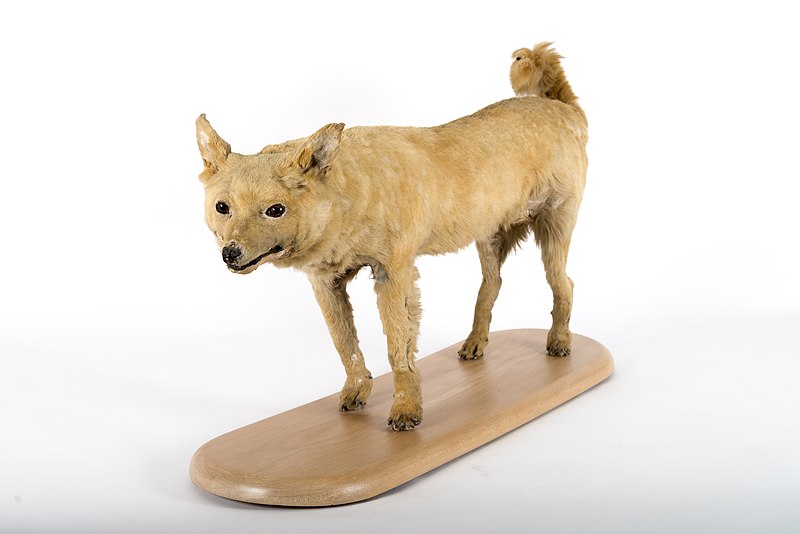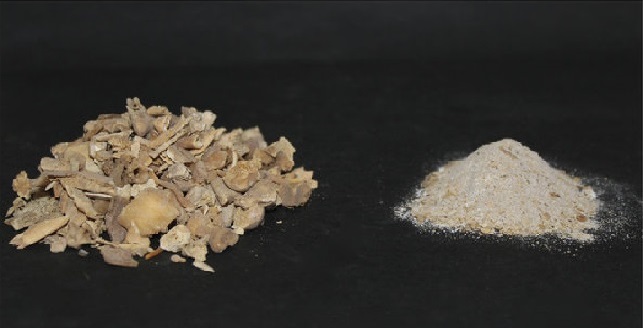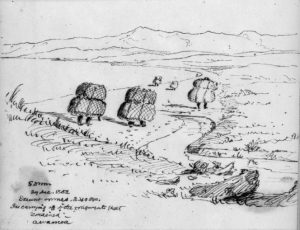The hunter stalks its prey through the forest, following the wafting invisible trail of musky odor straight to the kiwi burrow. Within a few months, the dog has killed over 20 kiwi.
You would think this event occurred recently, given the frequent headlines of dogs killing or attacking our unique wildlife, or the feral dog populations causing trouble in northern Aotearoa New Zealand. Rightly these headlines produce collective anger from kiwis (the people, not the bird, though I imagine the birds would no doubt be pretty pissed off at the current situation).
But travel back in time to when humans arrived in New Zealand over 700 years ago in the late 13th Century and there is a distinct blind spot when it comes to human’s best friend back then, the kurī (Polynesian dog). The prevailing view is that kurī had minimal ecological impact, despite scientists accepting the myriad of other impacts Polynesian, and later European, colonization had on New Zealand from extinctions to the widespread burning of forests, and the introduction of mammalian predators. Continue reading “The dog is in the henhouse: did the kurī (Polynesian dog) have an impact on New Zealand’s wildlife?”



